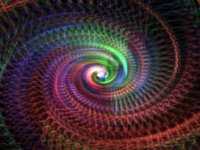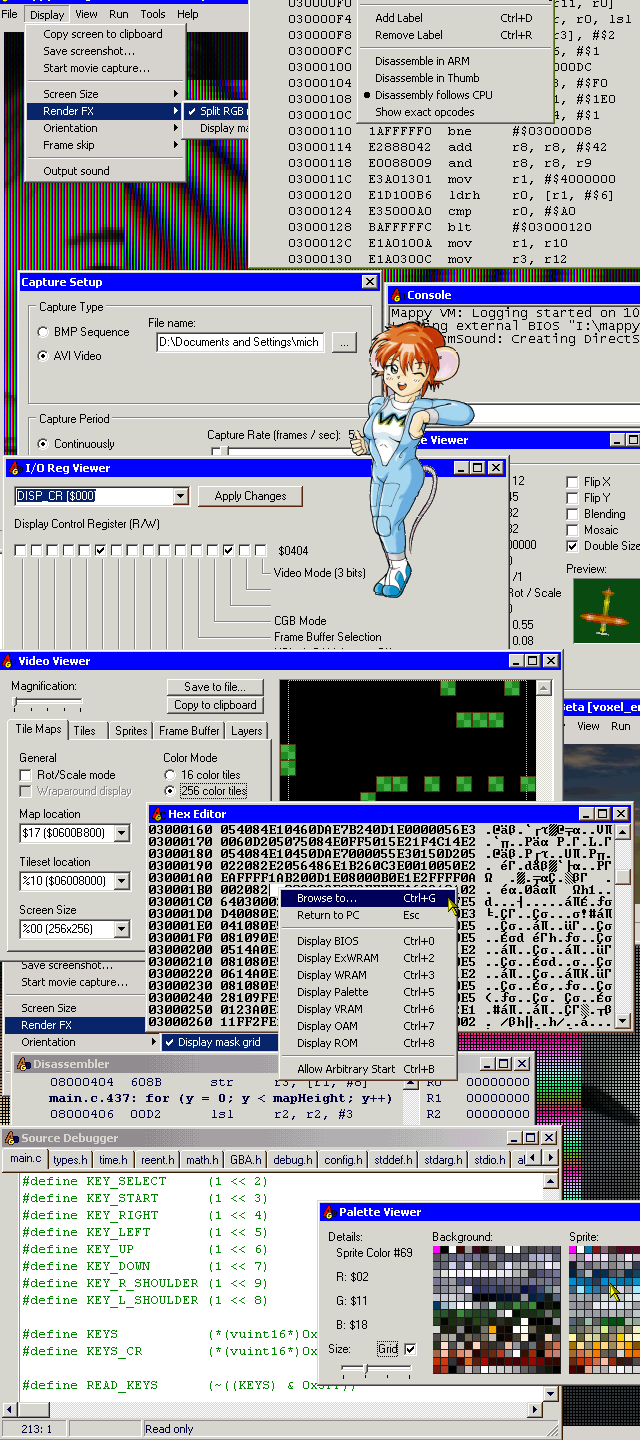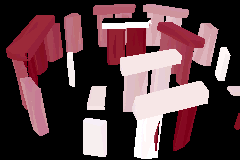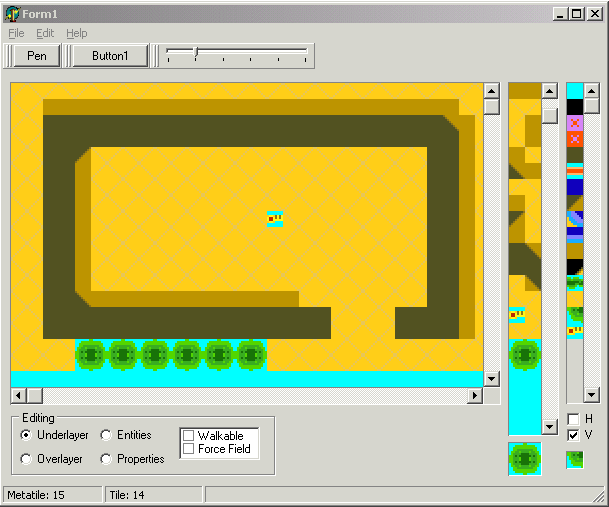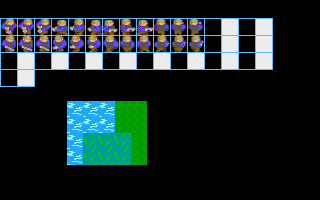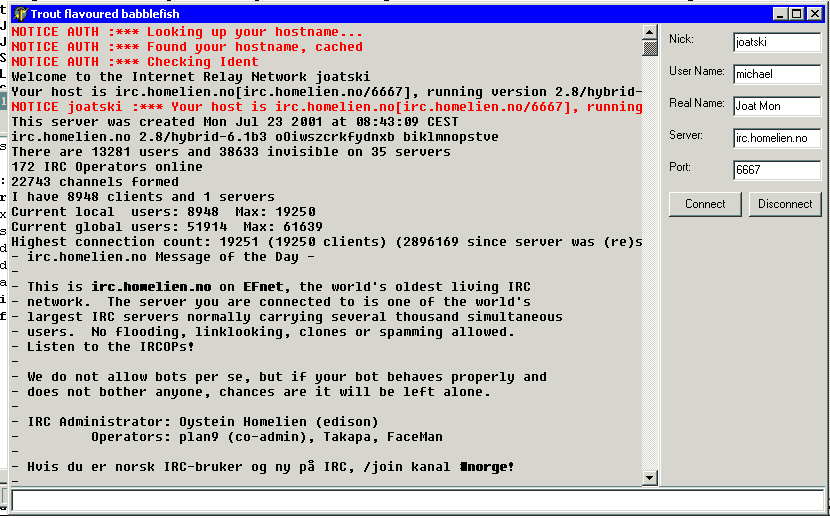Microsoft likes to call these decorated names, to each their own. Here is what I’ve gleaned so far, use at your own risk. In particular, this has changed before (going to MSVC 4), and could quite possibly change in the future.
stdcall:
?funcName @@YG retType params-list Z
cdecl:
?funcName @@YA retType params-list Z
thiscall:
?methodName @ className @@AAE retType param-list Z
static method call:
?methodName @ className @@CA retType param-list Z
If there are parameters, param-list is a list of them, followed by a @. Otherwise, param-list is X (void), with no @ afterwards.
Basic types:
- D is char int8
- E is unsigned char uint8
- F is short int16
- G is unsigned short uint16
- H is int int32
- I is unsigned int uint32
- J is long int32
- K is unsigned long uint32
- M is float float32
- N is double float64
- X is void
- _J is int 64 int64
- _K is unsigned int 64 uint64
- _N is bool
Pointers:
- PA prefixes a type to indicate a pointer
- PB prefixes a type to indicate a const pointer
Note: volatile is not represented in the mangled/decorated name
Structures:
UstructName@@ is structName
a pointer to a struct occurs as PA or PB followed by a U...
Udigit@
Constructing reference to the previous digit-th U definition (1 based).
In other words, it creates a new definition that can be referenced later on as well.
digit
Reference to the previous digit-th U definition (0 based!!!)
For structures, a PAUname@@ will be referenced as 0 in other parameters of the form name *, but the first parameter of the form name will appear as U1@ and subsequently as 1.
The converse is having a Uname@@ first, and then parameters of the form name * will appear first as PAU1@ and subsequently as 1, and parameters of the form name as 0.
Note: 0 and 1 in these two examples are the positions of the first Ux@@ and first Uy@ declarations, they could be 2 and 4 if there were two decls before the first, and one decl in between.
 Nothing fancy, but it was interesting to see how different obstacles affected the readings, and I added a little ‘Theremin’ mode for fun, where the first echo determines the frequency of a tone.
Nothing fancy, but it was interesting to see how different obstacles affected the readings, and I added a little ‘Theremin’ mode for fun, where the first echo determines the frequency of a tone.